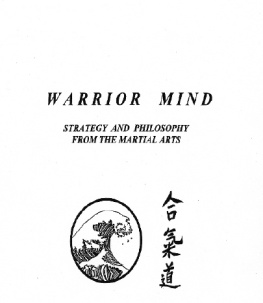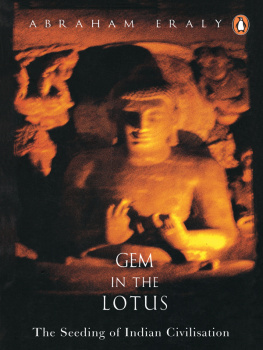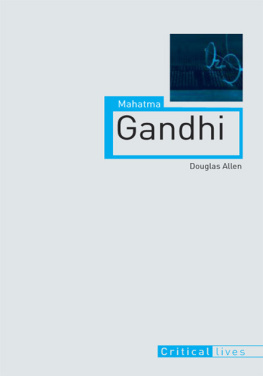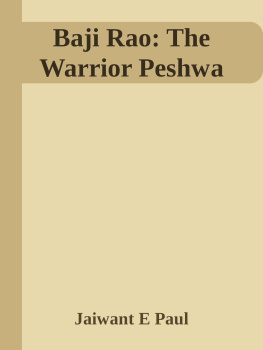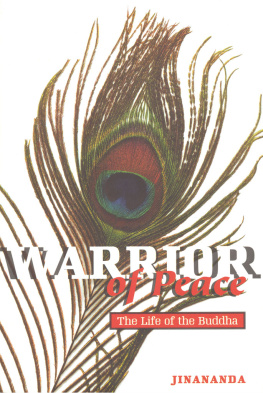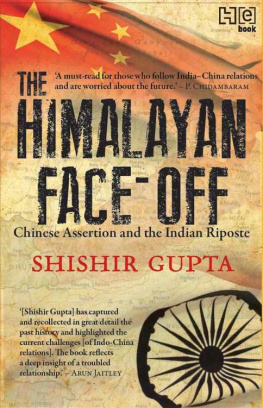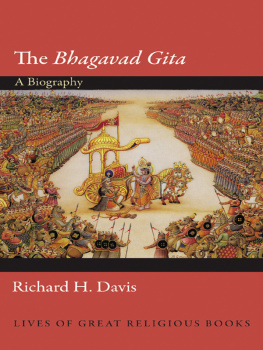Ashokas Lions
The Warrior Spirit of
India
Ashokas Lions
The Warrior Spirit of
India
Henry Jesuadian
 Vij Books India Pvt Ltd
Vij Books India Pvt Ltd New Delhi (India)
Published by
Vij Books India Pvt Ltd
(Publishers, Distributors & Importers) 2/19, Ansari Road
Delhi 110 002
Phones: 91-11-43596460, 91-11-47340674
M: 98110 94883
E-mail:
Web : www.vijbooks.in
Copyright 2021, Author
ISBN: 978-93-90439-87-4 (Hardback)
ISBN: 978-93-90439-88-1 (Paperback)
ISBN: 978-93-90439-93-5 (ebook)
Price : 1250/-
All rights reserved.
No part of this book may be reproduced, stored in a retrieval system, transmitted or utilized in any form or by any means, electronic, mechanical, photocopying, recording or otherwise, without the prior permission of the copyright owner.
Application for such permission should be addressed to the publisher.
The views expressed in this book are of the author in his personal capacity.
Dedicated to
The men and women of the Armed Forces of India,
The New Kshatriyas
&
Mr Max Ringrow, of Adelaide, Australia
for his encouragement of this project
W hile researching for my book about the Indian Air Force (Himalayan Eagle The Story of the Indian Air Force, published by Lancer Books, New Delhi, India), I came across
some very interesting details about the military/warrior traditions of India that seemed at odds with the general image of a country thought to be spiritual and pacifist - the Buddha and Mahatma Gandhi immediately spring to mind in this context.
The details were intriguing enough for me to embark upon another ambitious project - to gather together and collate the data available on this Indian warrior tradition and its resurgence in modern-day India, with an attempt to present it in as simple and readable a form as possible, just as I did with my first book. Included in this narrative of warriors are those who fought for the subcontinents freedom from foreign domination.
The task proved quite difficult and took longer than expected. This was because much of the data in references and particularly on the World Wide Web is buried in a welter of over-the-top hype. The Youtube channel hosts a number of videoclips and films of great nationalistic and militaristic pride posted by a generation born long after India gained independence and who were thus fortunate never to have lived under colonial rule.
Many of the references also tended to be long, repetitious and rambling in an attempt to reinforce personal agendas, and confusion reigned regarding dates and names. This explosion of excessive Indian pride may, in no small measure, be due to the current political climate in India.
But the purpose of this book is not to discuss the pros and cons of the ideological bent of any of the political policies in India. Rather, it is to show how this newfound self-awareness and national pride has resurrected and promoted martial traditions that had been suppressed for centuries in favour of pacificism, of peaceful co-existence with other countries - an utopian dream particularly favoured by many of Indias leaders in the 20th century, to the countrys cost!
Apologies are made for any errors and inaccuracies, factual and otherwise, which may be due mainly to misinterpretations of data as originally presented, as well as the infamous typos! Opinions, unless otherwise stated, are strictly mine.
This work is NOT meant to be taken as a scholarly dissertation but merely a presentation of certain pertinent details that are available in the sources mentioned and narrated in a comprehensive, objective and readable form so that an interested reader gains a better understanding of Indias little- known martial and warrior history! Such readers are encouraged to check out the references in the bibliography at the end of the book or to other more authoritative works if they wish to learn more.
The title chosen for this work may confuse those readers who are aware that the emperor Ashoka eschewed violence for pacificism as a Buddhist. The lions in the title refer to the four represented on the Ashoka pillars at Sarnath, each facing to the points of the compass and which are symbolic of the present-day warriors of the country, the Indian armed forces, guarding against intrusions from any point.
Acknowledgements and thanks are owed to Max Ringrow, an enthusiastic reader of my book on the Indian Air Force and who encouraged me to continue with This work despite the hurdles and difficulties as described above. Thanks also to Wg Cmdr Kevin Martin (IAF retd, and President of the IAF Assoc Sydney)) and his wife Jenny, Mrs Betty Oliver (widow of the late Sqn Ldr Reg Oliver) and the many other supportive readers of my first book, including many in the Indian armed forces, which inspired this work. To my wife Laura and our children and grand-children, who put up with my moods while writing this (and the previous) book - thanks for your patience and understanding!
Henry Jesuadian
W hile this work tells of the martial traditions and warrior ethos of the people on the Indian subcontinent from ancient times, the reader should bear in mind that the military forces in existence at that time were NOT national forces, but individual state forces of emperors, kings and other rulers.
Even the grand epics of the Mahabharata and Ramayana speak of wars fought BETWEEN such states within the boundaries of what is broadly referred to as India.
While not detracting from Indias warrior heritage, the military forces that developed as a national entity currently in India today had their origins, whether the reader agrees or not, with the British colonial rulers of India.
The Origin of Modern Indias Armed Forces
Indian Army
While many military formations on the Indian subcontinent existed in the various empires, kingdoms and republics, as previously stated, the modern Indian Army had its origins in the native levies, with British officers, raised in 1643 by the British East India Company to guard its rapidly growing trading empire in India. The Indian soldiers were referred to as sepoys.
The East India Company (E.I.C.) was forced to adopt this measure because the British government, while providing a regular British Army presence on the subcontinent, could not field a force large enough to police the whole country.
With the establishment by the E.I.C. of strongholds in Bengal, Bombay and Madras states, the levies were organised into three separate presidency armies. These armies were paid for from the profits made by the respective presidencies.
The Bengal Presidency Army was made up mainly of Muslims from Bengal, Bihar and Uttar Pradesh, the latter two of which were then part of Bengal. The Bombay and Madras Presidency armies had mainly high-caste Hindu recruits in their ranks. The three armies were separate forces, each with its own Commander-in-Chief, but overall control lay in the hands of the C-in-C Bengal Army in his role as Commander-in-Chief East Indies. The three armies came under the civilian control of the East India Company and could thus operate as a single force when and if needed
There was a total strength of 238,000 Indian troops in the three armies, complemented by 45,000 British troops, by 1856.
With the outbreak of the Indian Rebellion of 1857, known in British history books as The Indian Mutiny or The Sepoy Mutiny



